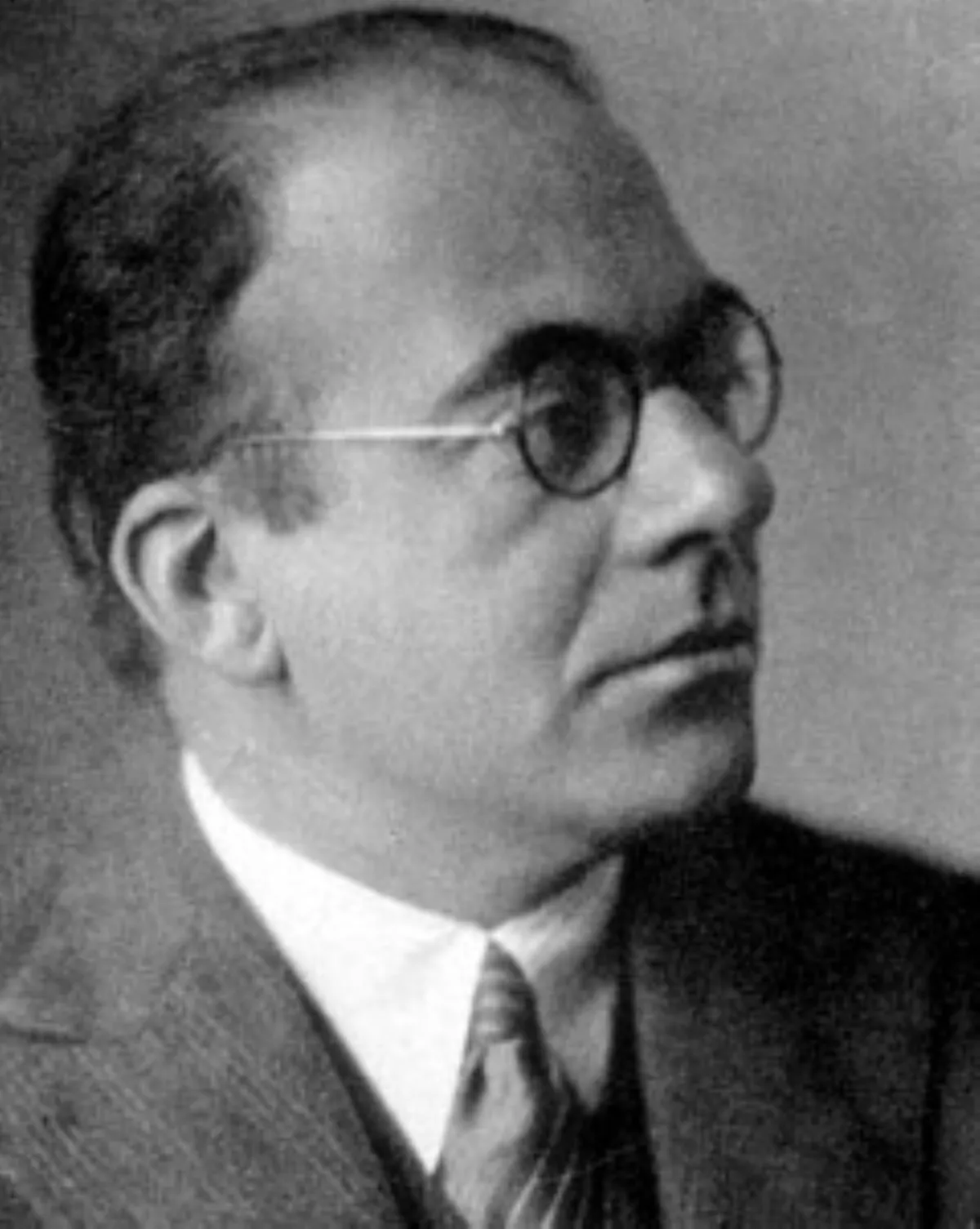 1.
1. Erwin Panofsky was a German-Jewish art historian whose work represents a high point in the modern academic study of iconography, including his hugely influential Renaissance and Renascences in Western Art and his seminal Early Netherlandish Painting.